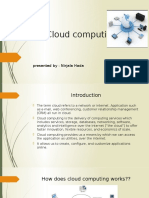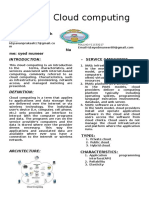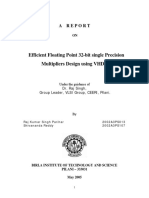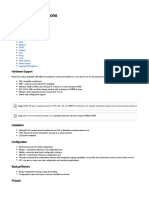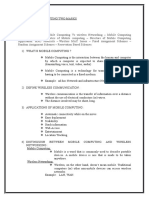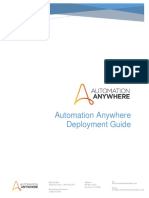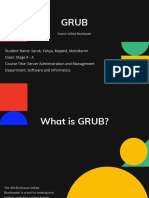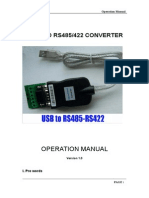0% found this document useful (0 votes)
17 views20 pagesCloud Computing
Cloud computing allows users to access applications and resources over the Internet without the need for local management. It encompasses various deployment models (public, private, community, hybrid) and service models (IaaS, PaaS, SaaS) that provide scalable and flexible computing solutions. While it offers advantages like cost savings and improved collaboration, it also has drawbacks such as dependency on internet connectivity and potential security concerns.
Uploaded by
aragawasres8Copyright
© © All Rights Reserved
We take content rights seriously. If you suspect this is your content, claim it here.
Available Formats
Download as PDF, TXT or read online on Scribd
0% found this document useful (0 votes)
17 views20 pagesCloud Computing
Cloud computing allows users to access applications and resources over the Internet without the need for local management. It encompasses various deployment models (public, private, community, hybrid) and service models (IaaS, PaaS, SaaS) that provide scalable and flexible computing solutions. While it offers advantages like cost savings and improved collaboration, it also has drawbacks such as dependency on internet connectivity and potential security concerns.
Uploaded by
aragawasres8Copyright
© © All Rights Reserved
We take content rights seriously. If you suspect this is your content, claim it here.
Available Formats
Download as PDF, TXT or read online on Scribd
/ 20


































